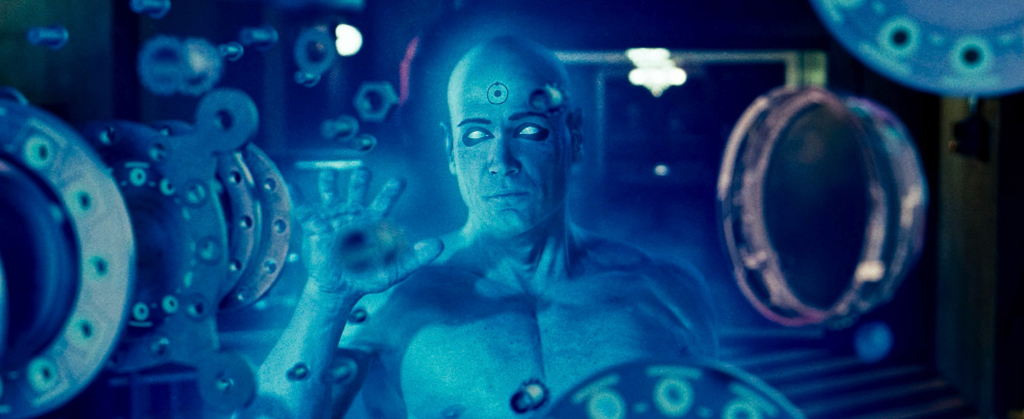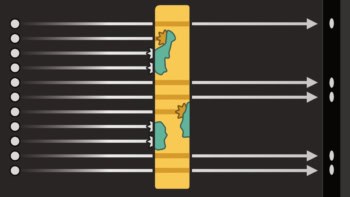What better way to accurately depict science in films than to ask the people studying it off screen? Emilie Lorditch talks to physicists who help filmmakers take science from the lab to the red carpet
In the movie Lucy (2014), the title character, played by Scarlet Johansson, ingests a lethal amount of a drug. But instead of dying, the drug allows her to access 100% of her brain, making her superhuman with some incredible physical and mental capabilities including telepathy and telekinesis. It’s a plot device used in many movies – such as Limitless (2011 film and 2015 TV series) and Phenomenon (1996) – but one that sets many scientists’ teeth on edge.
“Anything that involves the myth that we only use 10% of our brains is over used and cringe-worthy,” says Kevin Grazier, a planetary physicist formerly at NASA’s Jet Propulsion Laboratory and Marshall Space Flight Center who provided advice for the sci-fi thriller Gravity (2013). “We use our whole brain!”
Scenes and concepts in movies that mangle the science are not only annoying but can also break the cinematic illusion that has been carefully created by a huge team of screenwriters, producers, actors, visual effects artists and directors (see “VFX in movies: from weightlessness to curly hair”, Nov 2019).
“Any time the audience is questioning the science that they are watching on the screen – or they are saying, ‘That’s not what a laboratory looks like’ – is a moment when they are not paying attention to the story,” says James Kakalios, a physicist at the University of Minnesota who provided science advice for DC superhero film Watchmen (2009).
This is where scientists can help. “It is very important for filmmakers to talk to scientists because we’re really good at figuring out what kind of things happening together could possibly make sense,” says Sean Carroll, a theoretical physicist at California Institute of Technology (Caltech), who has been advising filmmakers about science for around a decade. “[Scientists] care about making a world that to the audience makes some kind of sense, both in how people act and in how the laws of nature act.”
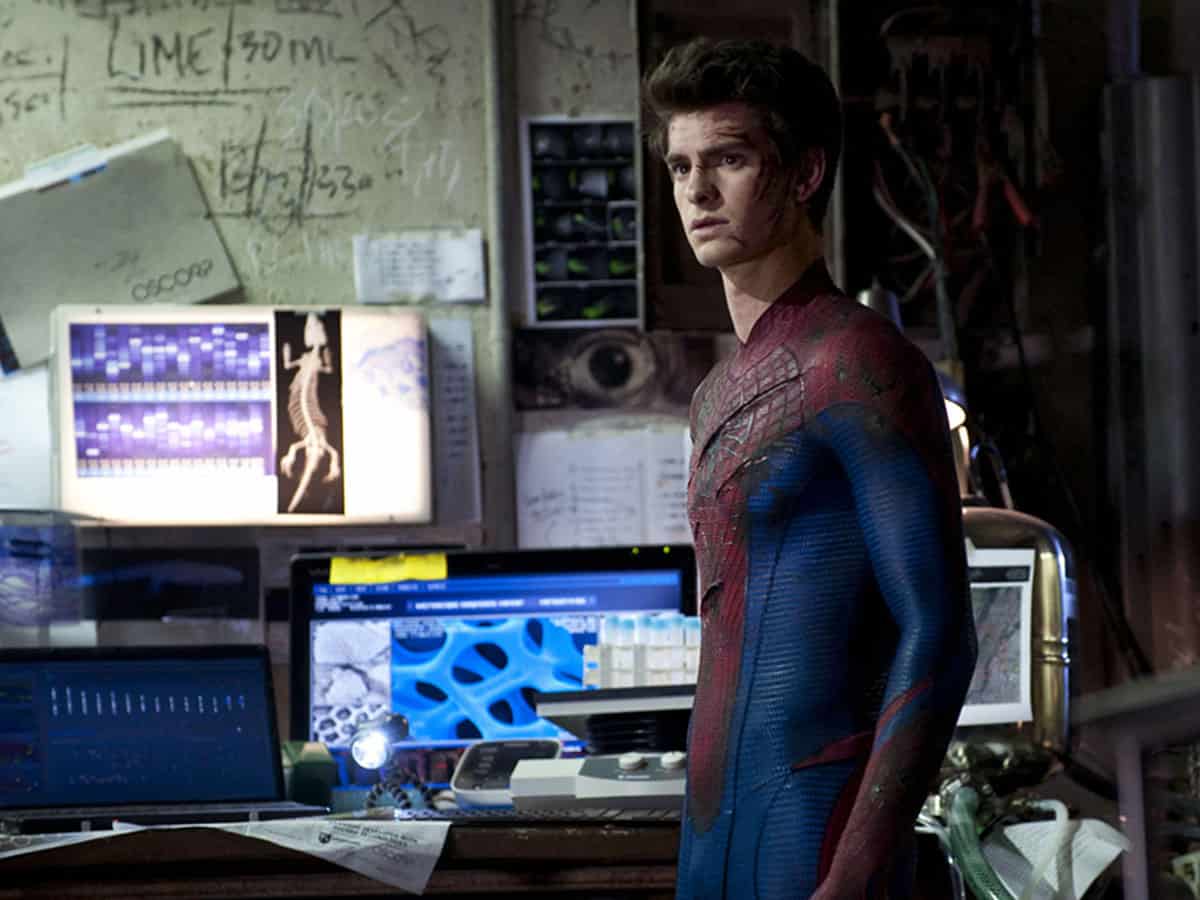
While connecting filmmakers with scientists might seem like a logical pairing, it’s not necessarily a natural one. “When I first moved to Los Angeles about 10 years ago, I discovered that Hollywood people were afraid to talk to scientists because the only thing the scientists would ever do is tell them why they were wrong,” says Carroll. “You can’t do that. Even if it is true, it’s not helpful.”
To improve the link, the National Academy of Sciences in the US launched the Science and Entertainment Exchange in 2008. The programme connects screenwriters, producers and directors with scientists to create accurate and engaging stories. It challenges the advisers in its database to come up with a better idea when there’s something wrong with the science in a story.
“I could say, ‘I have no business being here,’ ” says Clifford Johnson, a physicist at the University of Southern California, and consultant for Marvel’s Thor: Ragnarok (2017) and the Avengers film series (2012–2019). “I say, ‘No, my job is to help [filmmakers] tell their story, and what I can do as a science adviser is to use the knowledge I have about the laws of physics in our real universe to help build rules for their universe.’ ”
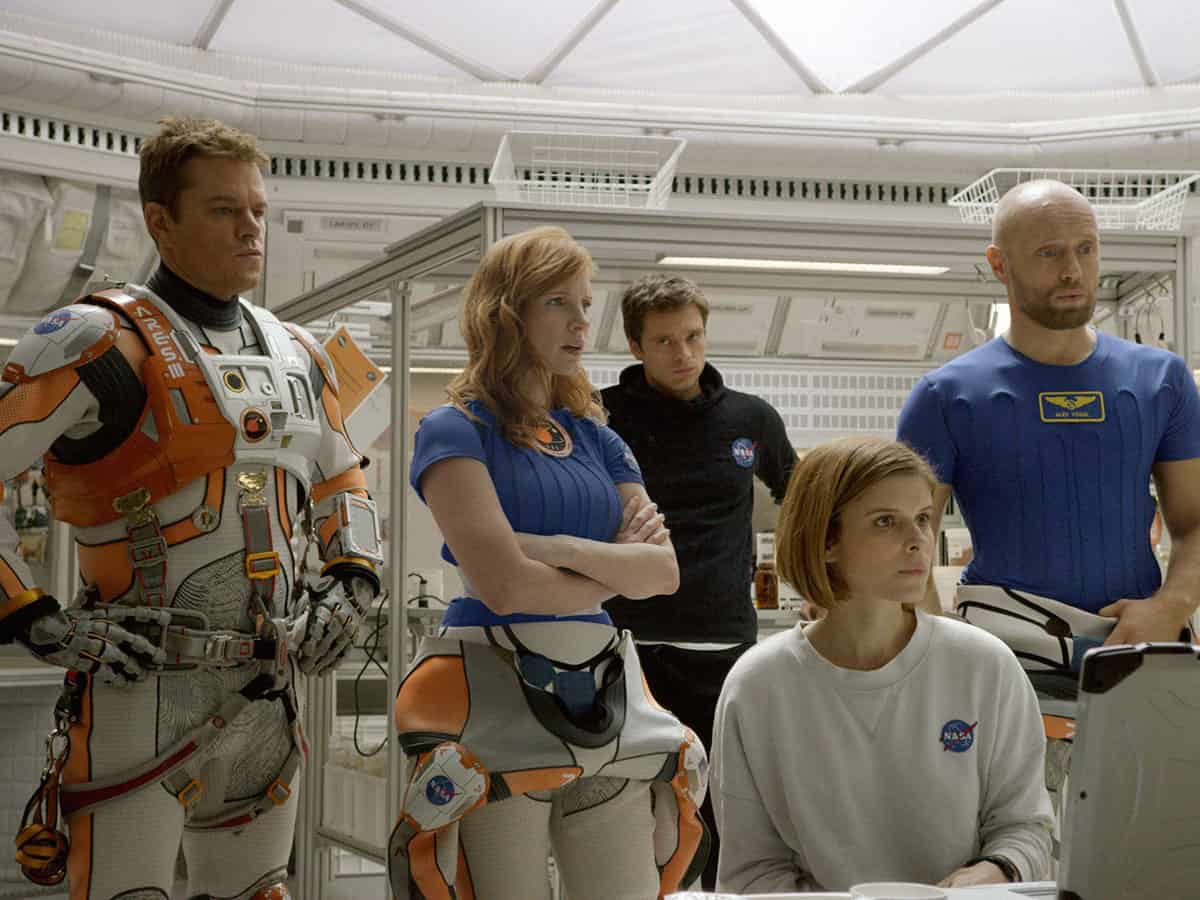
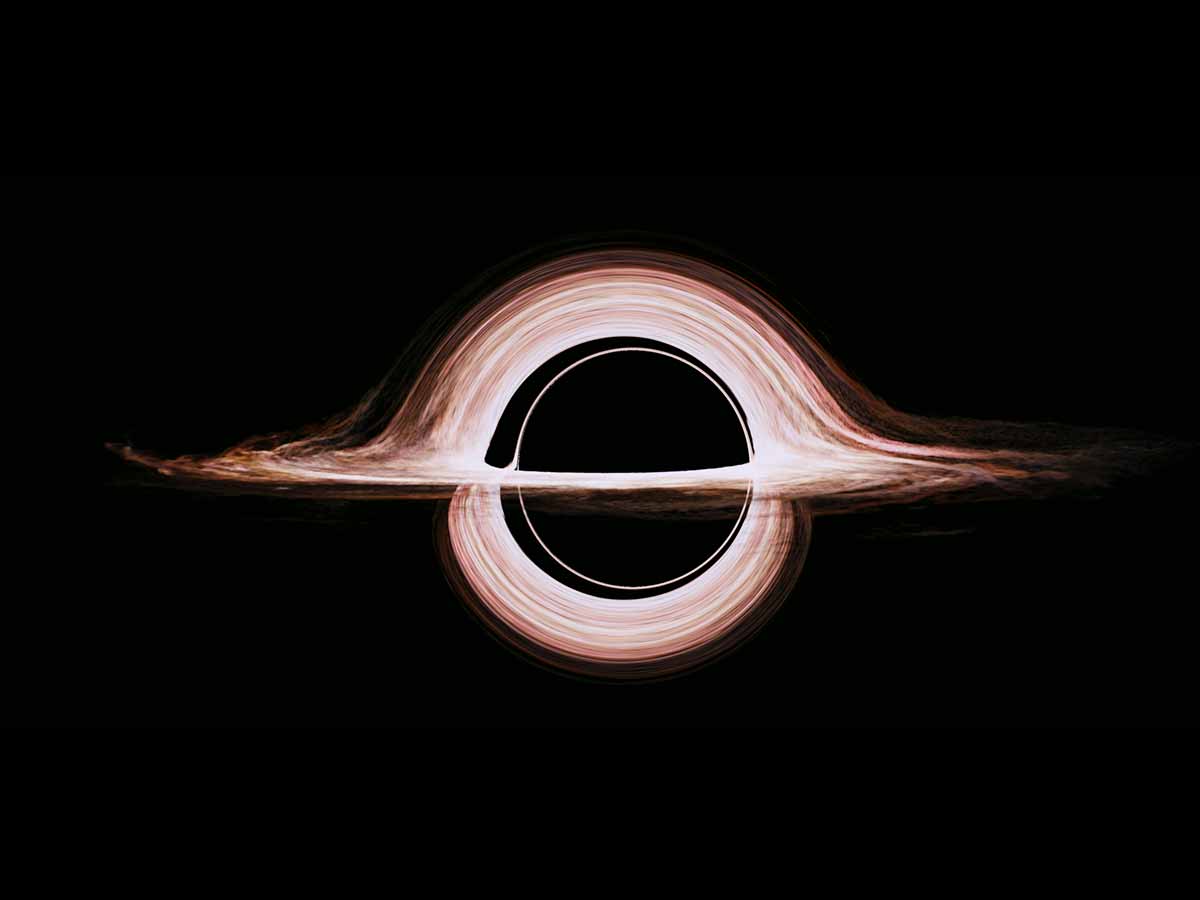
I’m going to have to science the shit out of this – The Martian
Science advisers can be called upon at any time during the pre- or post-production process of a film (although they are typically not paid for the contribution). They can be involved in anything from generating initial ideas about the story, working with the screenwriter writing the script, reviewing scripts for shooting a scene, or helping to troubleshoot problems with the story during filming.
“One of my favourite moments on set was when the actors needed to argue about something that had nothing to do with the script and I could pick anything that I wanted; so, I picked a cosmological debate about the beginning and end of the universe,” says Mika McKinnon, a field geophysicist and a science consultant for the sci-fi TV shows Stargate: Atlantis (2004–2009) and Stargate Universe (2009–2011). “The only way [the audience] would know what was going on is if you recognized the equation or were on set that day.”
Benedict Cumberbatch: the imitation game
The interaction between filmmakers and a science adviser could be a brief e-mail, an hour-long phone call, a long lunch meeting or multiple interactions that are a mix of these. The scientists may be contacted once or multiple times during the production process and these communications can sometimes extend for years. “A new screenwriter who doesn’t have a lot of films made may call you up for an informal chit-chat over coffee at a stage where they are still coming up with ideas and the script is not yet written,” says Carroll, who was a science adviser for the sci-fi action film TRON: Legacy (2010) and Marvel’s Thor (2011). “Whereas, if you are dealing with a giant studio – like Disney or Marvel – they know what movies they are going to make, and you generally talk to them when the process is well under way and they are looking to touch up some particular issues in the script or special effects or something like that.”
During his consultations for Thor, for example, Carroll was asked how characters would travel across the universe. But when he said you’d need a wormhole, the production company executive said they couldn’t use the word “wormhole” because it sounded “too nineties” and had been used in too many other movies during that period. Carroll suggested calling it an Einstein–Rosen bridge instead – an idea that stuck and was used in the film.
You’re the genius up here. I only drive the bus – Gravity
The science adviser might help with the plot or some dialogue, or even with the props that appear in the background of a scene. While working on Gravity, Grazier explains that one of his notes to the studio was that the two solar panels on the Hubble Space Telescope rotate, rather than expand. “Sometimes what you do is just adding a line here or there,” says Carroll. “Some of what you do is almost invisible.”
When the creators of The Amazing Spider-Man (2012) contacted Kakalios, meanwhile, they needed him to come up with an equation for longevity. Kakalios did one better and based his equation on the real Gompertz law, which describes human mortality and why people live to the age that they do. “So, I took the Gompertz equation and I added some ‘mathematical glitter’ and at the last minute they said the equation didn’t look complex enough and could I add some more,” says Kakalios. “So, I did and at that stage it was so late that they basically Photoshopped the paper that I sent to them into the character’s notebook.” It was a small detail that most moviegoers won’t have noticed – apart from Kakalios’ daughter, that is. “She said, ‘You’re the guy who sat next to me helping me with my high-school math; of course I know how you write a sigma,’” Kakalios recalls.
For most scientists, the opportunity to be a science adviser means that they get to use their expertise to problem solve in a different way. “I prefer to spend more time talking with filmmakers about the people who they portray as scientists than I do worrying about if they got this scientific detail right,” says Johnson. “Because I think it is way more important to talk about and to show accurately who does science, who can do science, and what their motivations are about doing it, than dwelling on little facts here and there.”
Johnson explains how the movie The Martian (2015) was unusual in that it showed a wide and varied view of who a scientist is. “You see someone who you could have a beer with, the more business-like director, the uber nerd and the awkward young scientist,” explains Johnson. “You see the full range, which is unusual in a film.”
Your ancestors called it magic, but you call it science – Thor
It’s not just directors and filmmakers who are benefiting from their growing relationship with scientists. One advantage of serving as a science adviser for the film industry is that it gives scientists a great opportunity to talk to the wider public about physics, using the big screen as a hook in outreach activities.
Take Kip Thorne – the Nobel-prize-winning theoretical physicist at Caltech, who served as executive producer and science adviser for the sci-fi film Interstellar (2014). Working with Hollywood, he says, gave him tremendous opportunities to be a science communicator. “I was able to inspire a very large number of people about science – the movie sold roughly 100 million tickets worldwide – and there is no other way that I could possibly have reached so many people with my message of the beauty and power of science,” Thorne explains. “Over the years since Interstellar’s release, a large number of young people, in nations around the world, have told me that this movie influenced them to become scientists.”
McKinnon agrees. “Through watching a show, you, the audience, learn how to think like a scientist or you learn how they see data,” she says.
Spiros Michalakis: a scientist in Hollywood
And sometimes it’s even possible to go the other way too, with a passion for science communication landing you a Hollywood role. At least that’s what happened to Rhett Allain from Southeastern Louisiana University in the US. His love of applying physics to movies and TV shows led to his role as a blogger for WIRED magazine – where he frequently discusses the physics in films – and then to his position as science adviser for CBS’s reboot of the TV show MacGyver (2016–present). “My blog gives me a chance to add to what Hollywood has done.”
For Carroll, being a science adviser is also a chance to challenge his students to think differently. “I had a wonderful example of this for a movie called Inversion,” explains Carroll, referring to a sci-fi film that is yet to be released. “The idea is that at random times and places here on Earth, gravity reverses. So, it’s pushing things away from the Earth instead of pulling – and they invited me to help try to make that seem more realistic.”
The actor playing the lead character, a theoretical physicist, wanted to come to Caltech to meet some actual physicists and understand how they think. “Which I thought was wonderful,” says Carroll. “I gathered a group of my graduate students to meet with her and one of the producers of the movie.”
Initially, his students were hesitant to pursue the idea. “When my graduate students had the [gravity] scenario explained to them, their immediate reaction was, ‘No, that will not happen,’ ” Carroll explains. “So, what I said was, ‘Don’t think of this idea that gravity is reversing – that’s not a theory – think of it as data; think of it as the experiment has already been done and now, you need to try to come up with an explanation for it.’ ”
Sometimes it’s not about working with the laws of nature, it is about creating a set of rules that stay consistent throughout the movie. “If you are going to play that game – of imagining different worlds – then, those worlds have to make sense,” says Carroll. “They have to have some logical coherence to them; both in how people act and in how the laws of nature act.”
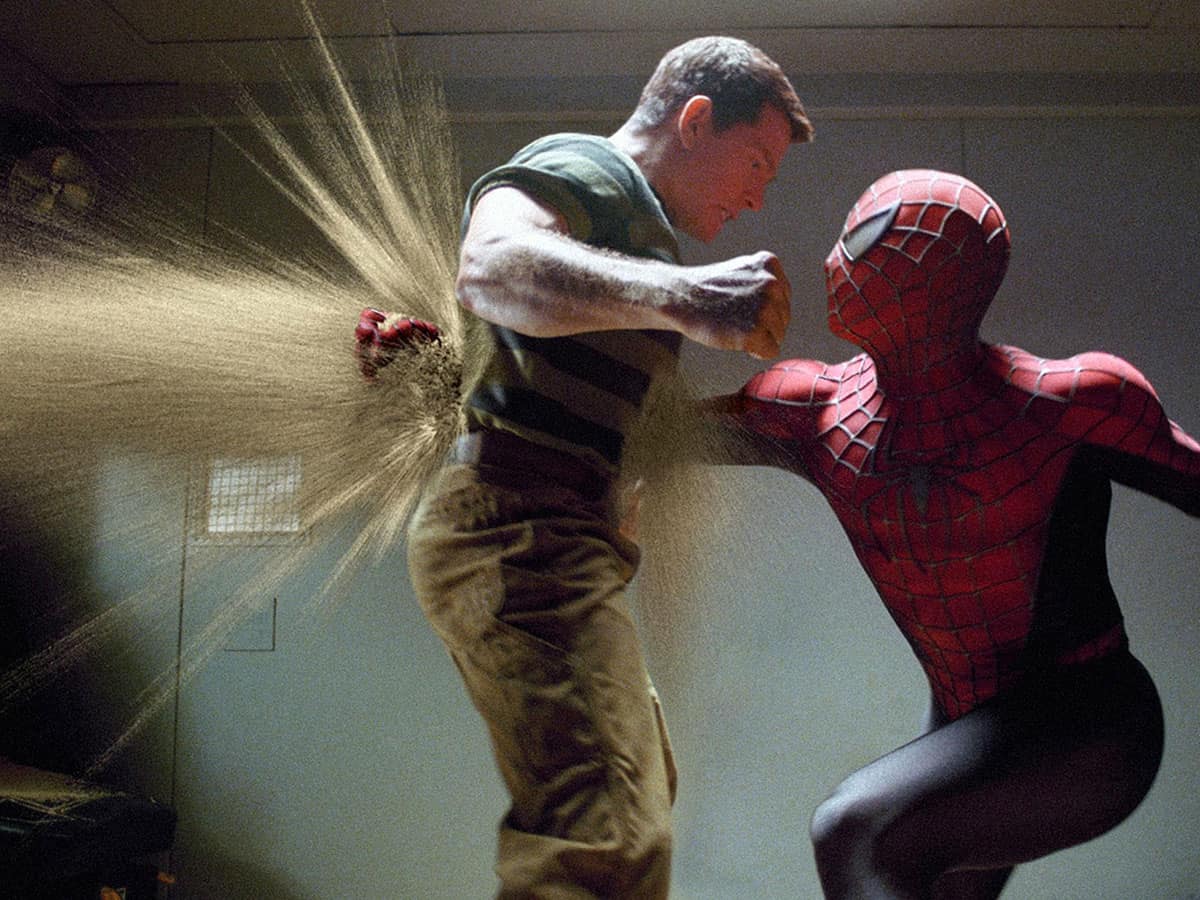

You do the math. You solve the problem – The Martian
Films, however, aren’t just a great communication and teaching tool for scientists. Sometimes the software that moviemakers use translates to the lab.
When Kakalios had the chance to talk with somebody who created the digital effects for the Sandman character in Spider-Man 3 (2007), he commented that the artists must have filmed actual sand because it looked so realistic. Instead, Kakalios found out that Hollywood was using the exact same discreet element methods (DEM) software that he uses to run simulations in the lab.
Thorne, meanwhile, worked closely with the visual effects team at London-based visual-effects firm Double Negative to create and bring to life “Gargantua” – the black hole in Interstellar. While Thorne devised the set of equations, the physicists Oliver James and Eugénie von Tunzelmann from Double Negative developed new computer code called the Double Negative Gravitational Renderer. When the visual effects were complete, the collaborators realized that they had created new visualizing software that could be used for both Hollywood productions and scientific research.
For McKinnon, her best educated guess about a binary pulsar system consisting of two stars that creates a deadly burst of gamma rays approximately every 46 minutes turned out to be less science fiction and more science fact. “It was close enough that three years later, scientists discovered this in real life,” says McKinnon.
Houston, I have a bad feeling about this mission – Gravity
Unfortunately, however, it’s not a perfect system and sometimes a scientist’s advice doesn’t make the cut. “One of the misconceptions people have is that science advisers have copyeditor-like discretion over the science,” says Grazier. “For the writer, we are just one more voice or set of notes; not everyone listens to the science advisers.”
Kakalios agrees. “Sometimes the decision comes down to: does Hollywood want to antagonize a million rabid fans or one physics professor from Minnesota,” he says. “I know the decision I’d make and I’m the physics professor from Minnesota!”
Johnson also thinks that the movie industry hasn’t yet learned the value a science adviser can add. “Writers and directors still think of us as a necessary evil to check a couple of things so that they aren’t glaringly wrong, and no-one knows what stage to call us in. It is changing in a positive direction but there is a long way to go.” According to Johnson, ideally a writer working on a science-heavy film should talk to a scientist at an early stage, when they can offer ideas that improve the story and ensure that the science isn’t just there for decoration.
As with most industries, however, it comes down to money. “Until they [filmmakers] realize that it makes sense monetarily to do it, change will be slow,” Johnson concludes. But with the highest grossing film ever at the time of writing being Marvel’s Avengers: Endgame – a film franchise that frequently uses science advisers – perhaps we’ll be seeing fewer scenes like Lucy’s brain myth.
Science advisers on good movie science

Because of my fascination with severe weather and natural disasters, two of my favourite science movies are Twister (1996) and Dante’s Peak (1997). And while doing my own research into these films, I discovered in fact that both used science advisers. Meteorologists at the National Oceanic and Atmospheric Administration’s Severe Storms Laboratory taught the Twister crew about storm chasing, and volcanologists at the United States Geological Survey were technical consultants on Dante’s Peak.
But what about the science advisers I spoke to for this article? What are their favourite depictions of physics on screen?
“I loved the world created in Star Wars,” says Rhett Allain. “And things like the visual of the black hole in Interstellar.” As for Kevin Grazier, he cites 2010: the Year We Make Contact (1985) as a favourite, referring to the sequel of the 1968 classic 2001: A Space Odyssey. “What is interesting is that two of the most exciting scenes in that movie involve getting a relative velocity under the escape velocity and getting a relative velocity over the escape velocity,” Grazier says.
Most science advisers I spoke to, however, highlighted the 2015 Ridley Scott epic The Martian as an example of a movie that represents science well. “I think The Martian did a very good job of sticking pretty darn close to scientifically respectable ideas and, even better than that, it was really a window into doing science in a very high-pressure environment,” says Sean Carroll. “That is what I liked most of all; not the facts about the science being right or wrong, but some impression of how science gets done.”
Clifford Johnson has high praise too for The Martian, which starred Matt Damon struggling to survive alone on the red planet. “One of the things that The Martian did extremely well – which is rare to see – is showing the scientific process,” he explains. “There are entire scenes where we watch the lead character try and figure stuff out to improve his situation; he does experiments; he makes mistakes and tries again. You hardly ever see that in movies.”
“The other thing that was great about that movie was showing the collaboration between scientists,” Johnson continues. “You see the lead character working with his colleagues on Earth and you get to see a full spectrum of different people who can be scientists.”
